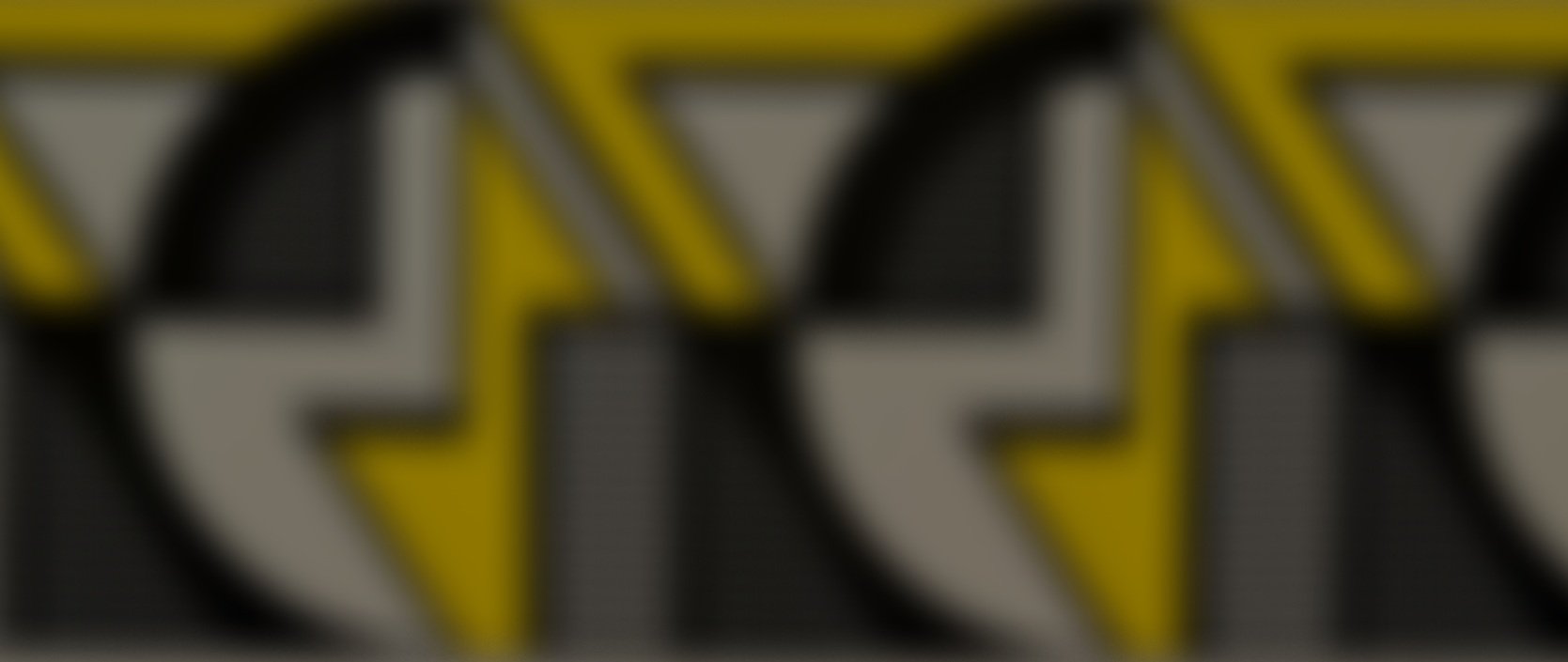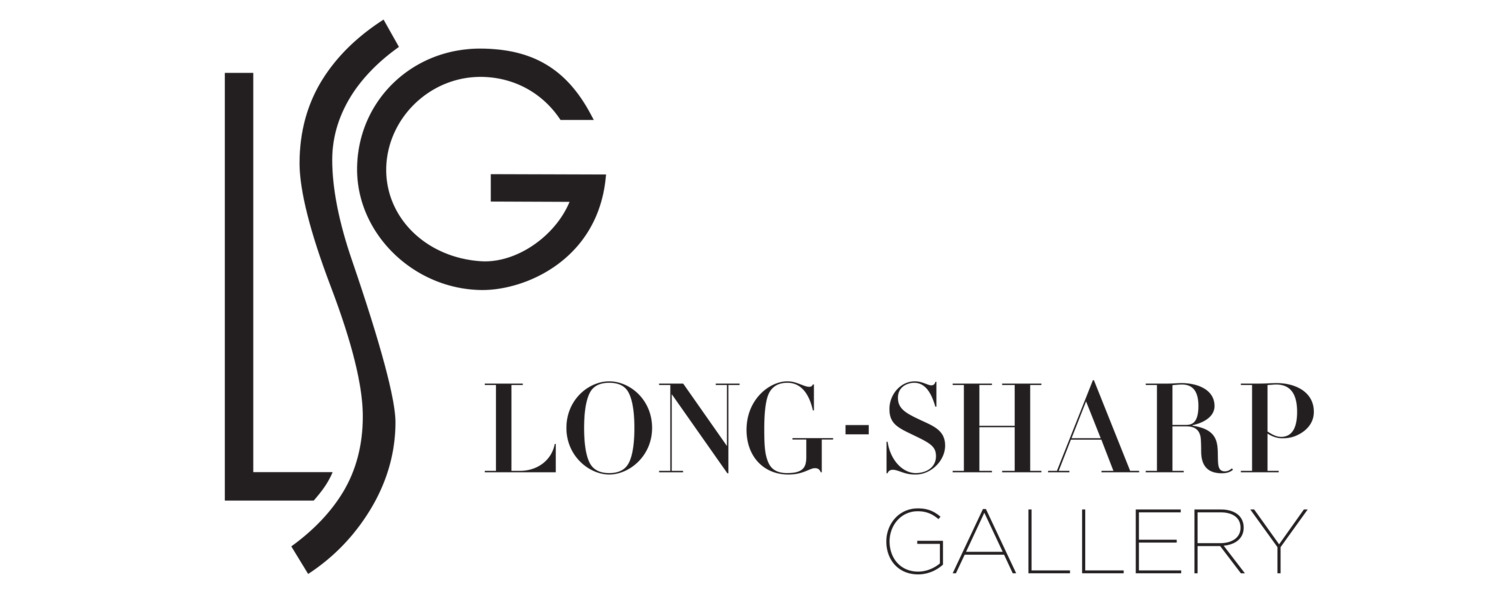
REPEATED DESIGN
“By the early 1960s Lichtenstein was beginning to develop what has come to be his classic signature style, marked by a unified compositional approach… Respect for balance and structure, rooted in both cubism and abstract expressionism, is of paramount importance. His pictorial components include tightly segmented shapes of flat color and of pattern sometimes bounded by a black line, and dots and stripes to signify tone and texture and as a reference to the schematic formalities of printed surfaces. Shapes are characterized by dark/light changes for compositional organization rather than mimetic or atmospheric reasons. Line is used as both outline and rhythm, emphasized by the simplification of form and exaggeration of gesture that has become part of Lichtenstein’s approach, calling to mind the work of Stuart David, Fernand Léger, even Richard Lindner, and their mechanization of line and form. Within these essentially dramatic parameters, however, Lichtenstein’s attention to subtlety is always revealed. And it is part of his process to rework his compositions repeatedly, although the effort involved is always carefully masked.”[1]
Year: 1969
Medium: 2-color lithographs Arches paper
Hand-signed (rf Lichtenstein), dated ('69) and numbered in pencil bottom right
From an edition of 100
Image size: 12.062 x 35.937 (30.65 x 91.3 cm)
Sheet size: 16.812 x 40.75 in (42.7 x 103.5 cm)
Frame size: 23 x 47 in (58.4 x 119.3 cm)
1 Corlett, Mary Lee, and Ruth Eileen Fine. The Prints of Roy Lichtenstein: A Catalogue RAISONNÉ, 1948-1993. Seconded. H. Hills Press, 1994, Page 19.
